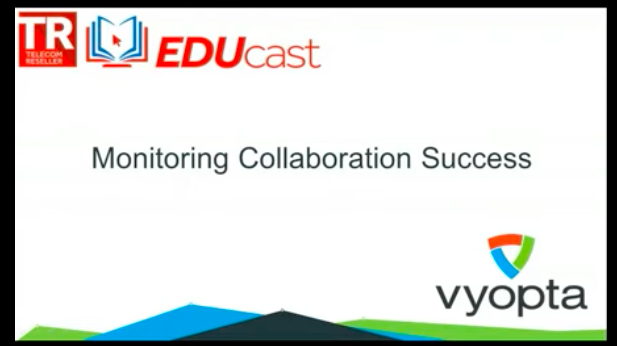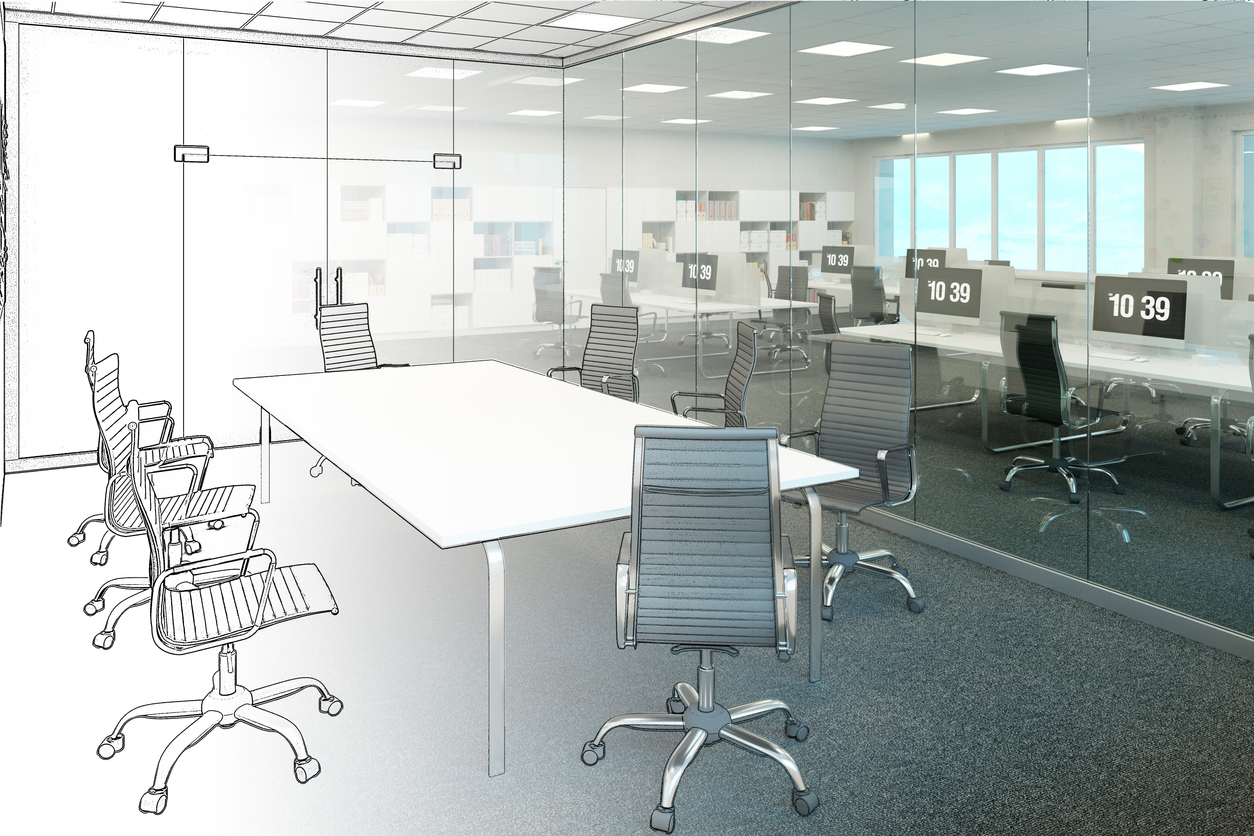What will the future of work look like? It really depends on who you ask.
If you’re aligned with Goldman Sachs CEO David Solomon, then the workplace of late 2021 will look almost exactly like it did in early 2020. The investment bank leader has gone on record recently to predict that workers will return to their offices en masse this year, dismissing any possibility that the “aberration” of remote work caused by the Covid-19 pandemic could be permanent.
On the other side of the future of work debate there’s the more nuanced approach taken by the marketing and advertising firm R/GA, which is gradually shrinking and transforming its real estate footprint across the U.S. in an acknowledgement that crowded offices where every employee commutes in five days a week could be a thing of the past.
The viewpoint that’s gathering steam in corporate America is that it is looking like the future of work will be a hybrid workplace where offices host rotating groups of workers throughout the week. That shift would be something of a middle ground solution after the abrupt shift to remote work in spring 2020 as the pandemic took hold and companies embraced unified communication and collaboration technologies to handle their workloads.
It was an uneasy transition. In a matter of a few days in mid-March employees went home to use their personal laptops or desktops, headsets and other peripherals to do their jobs, which introduced widespread use of unstandardized equipment that operated outside the guidelines of company software.
And the popularity of Zoom and other newcomers into the unified communications landscape made them “must have” technologies because of their popularity, adding workload to IT and UC teams trying to manage a huge increase in meetings and collaboration needs.
The demand for UC and collaboration tech is so widespread that recent data shows more than 65 percent of companies are using more than two technologies right now in their environment. Gone are the days of Webex as a standalone solution for meetings and productivity.
Early fears about the effect of remote work on bottom lines and culture turned out to be largely unfounded, with surveys throughout 2020 showing that productivity improved because of factors like decreased commutes, fewer distractions and the freedom to work during the hours that best fit workers’ schedules.
Add in questions about possible future health concerns and the potential to significantly downsize the physical space needed to conduct business and the signs all start to point to the future of work as being a hybrid environment.
Unlocking the answers to the future of work
That change to a downsized, evolving workplace means companies will have to start making long-term decisions very soon about how they can best serve their workers. That will include examining how to assign and use workspaces, making the best possible use out of meeting spaces and conference rooms and selecting the right UC and collaboration technology.
Kamalina Czerniak, Vyopta’s senior manager of product marketing, said changes to networks to handle a permanent increase in remote collaboration will be a must. And spending on software licenses that were quickly approved in the midst of last spring’s uncertainty will be carefully reviewed going forward to make sure the usage is high enough to justify the cost.
“A lot of companies upped their licenses for UCaaS software last year and in some cases for office locations, they’re going to have to look at their networks as well and revisit that to ensure that they have the capability to support the bandwidth needed for a lot of concurrent in-office calls,” she said.
“If a company can understand all of the technology that they have and how well it’s used, there is a huge opportunity for them to understand how different teams collaborate and how they need to use technology in spaces to ensure that the investments that they have made are being used to their fullest potential.”
The detailed and easily accessible data Vyopta provides to client companies offers the information executives need to make the right decision about how they adjust to the future of work.
Vyopta’s custom monitoring and analytics offers users the ability to create reports that are easily configured to track the data that matters most whether it’s focusing on the causes behind recurring quality issues on calls, tracking which departments are high or low users of a given UCaaS tool or identifying which features are being used the most.
Czerniak said those insights are becoming more valuable as companies reevaluate their real estate usage, software offerings and how to best update their on-premises UC infrastructure to fit a workforce that has different demands than was the case pre-pandemic.
“Having insights and understanding how users are engaging with the technology, and what features in that technology they’re using most… it can be really powerful showing them that,” she said. “We come back to the most basic things around how can they make sure it’s working at all, and how can they solve issues when they’re happening. It comes back to making sure they have a solution that gives them visibility across their entire technology stack.”
Want to see how Vyopta can help your team with improved monitoring and analytics? Take the Guided Tour.
Chad Swiatecki is a business writer and journalist whose work has appeared in Rolling Stone, Billboard, New York Daily News, Austin Business Journal, Austin American-Statesman and many other print and online publications. He lives in Austin, Texas and is a graduate of Michigan State University. Find him online on LinkedIn.








